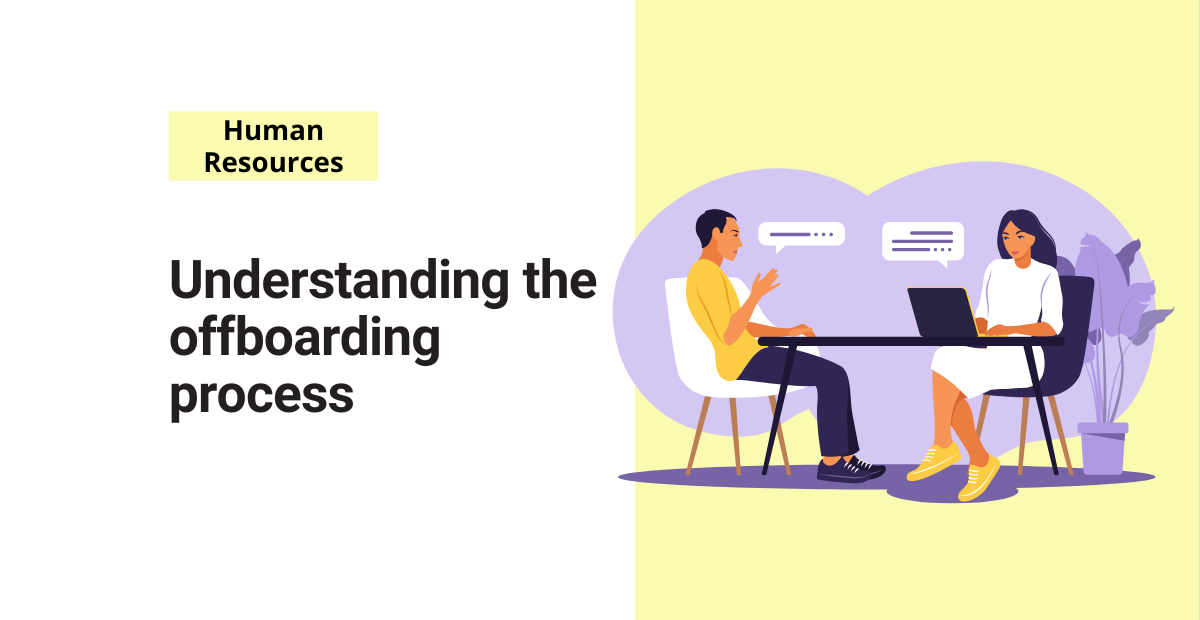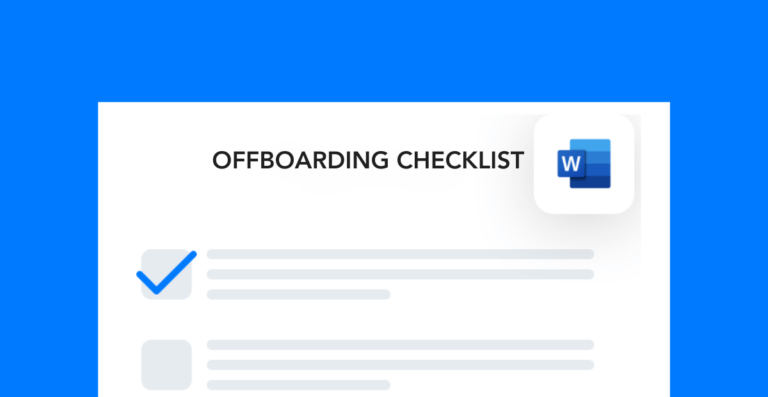According to the Society for Human Resource Management (SHRM), “uncaring and uninspiring leadership” is one of the top reasons for turnover.
While no one likes losing workers, especially outstanding ones, there is a lot you can learn from it. How you handle an employee’s transition out of the company can impact your ability to hire and retain more talent in the future. But before you can perfect your offboarding process, it’s important to understand what you hope to gain from it.
The basics of the offboarding process
Offboarding is the process of formally separating an employee from the company. It involves all the steps between when it is decided that an employee will leave and when he/she actually does.
It involves many different activities, such as:
- Conducting exit interviews
- Filing tax documents
- Processing final paychecks
- Revoking credentials
- Collecting company assets
- Updating internal organizational charts
This process is equal parts administrative work and active reflection. The most important goal during this time is to determine why the employee is leaving and how you can improve the experience for current employees and future ones.
Standardizing your approach
As always, standardization is a useful tool for making your offboarding process more efficient. There are a few ways you can do this.
First, make a checklist of all the tasks that you have to do when offboarding an employee. This will help you make sure that you’ve done everything you needed to do. If you need help getting started, download this free offboarding checklist from our template library:
Second, you want to create a system for cataloging all company equipment. Recouping loaned assets is much easier when you keep a detailed log of everything you have. This catalog should include the equipment ID, the date you loaned it, and the name of the person who borrowed it.
Another way to standardize the offboarding process is to use the same documentation format for all steps. For example, use the same form or checklist for each exit interview. That way, you’ll have a dataset of answers that you can reference. Having more standard documentation allows you to easily compare each situation.
Looking for opportunities
The offboarding process provides you the chance to find opportunities in your management approach. Here are a few questions you should try to answer during this time:
- Did the employee leave because of personal issues or work-related issues?
- How did management handle the situation?
- Did the employee request a raise, benefits, etc., that the company couldn’t provide?
- How long did the employee work for the company?
With these questions, you want to dig below the surface reason for an employee’s exit. Even if the worker leaves to join a completely new industry, don’t assume that you can’t prevent turnover. In almost every situation, there’s something you can do to improve the employee experience and increase the likelihood that people will stick around for the long haul.
This type of internal reflection is essential for improving working conditions and relationships within your company. Having a dedicated offboarding process ensures that you safely and thoughtfully part ways with former employees, making room for positive growth ahead.




